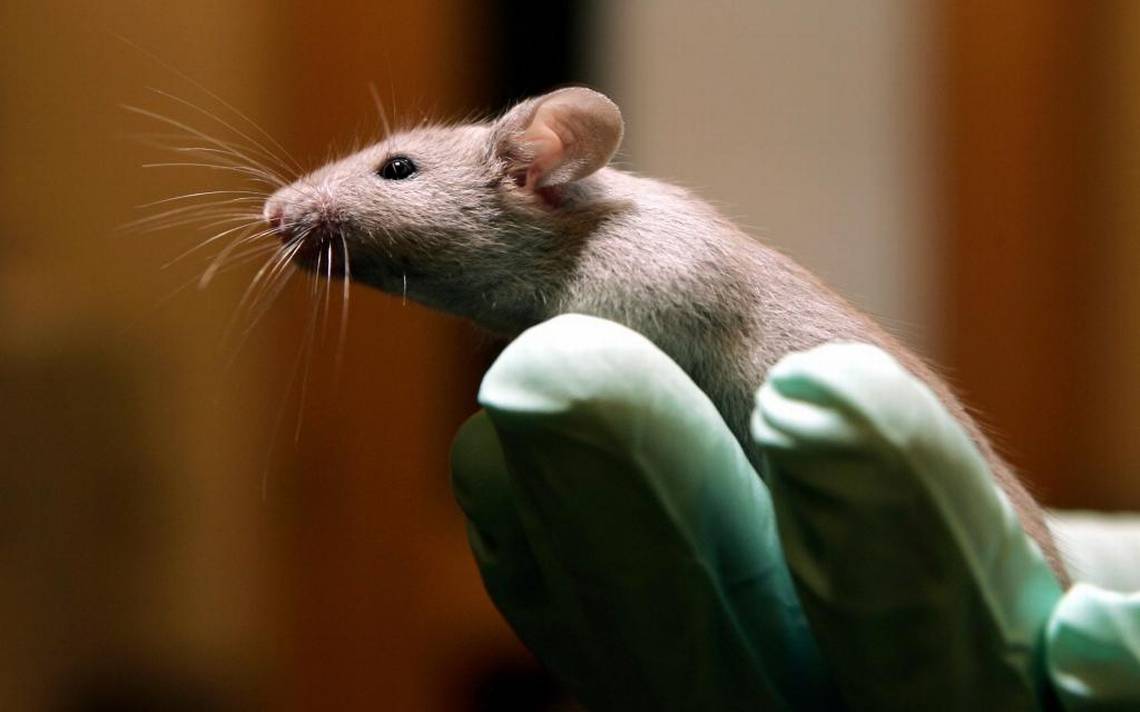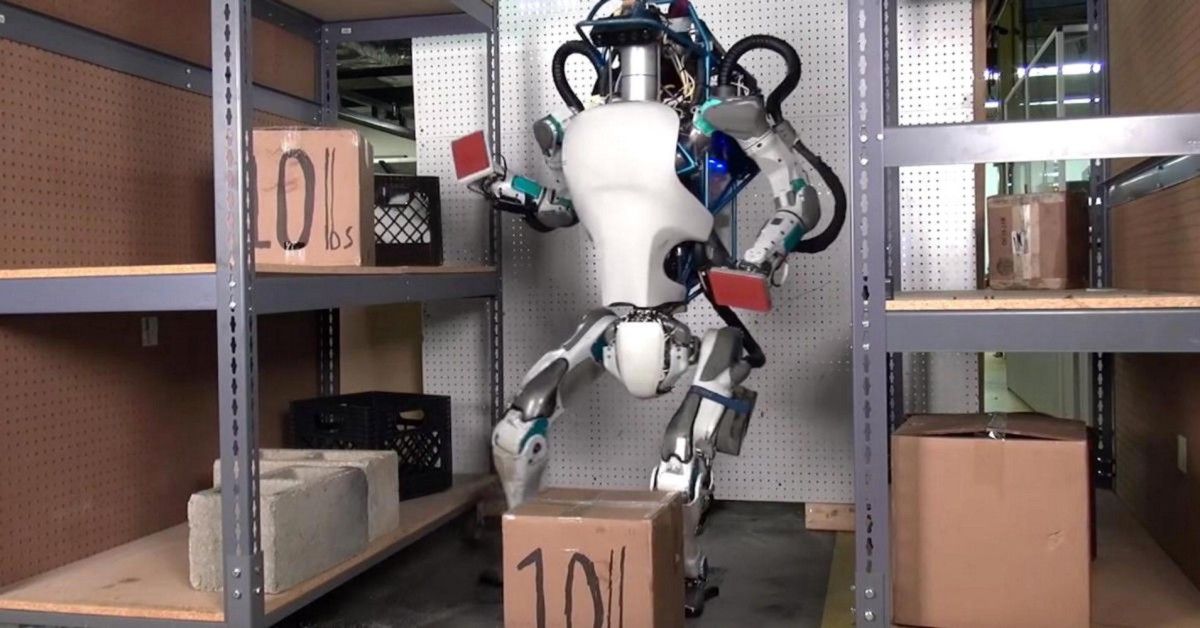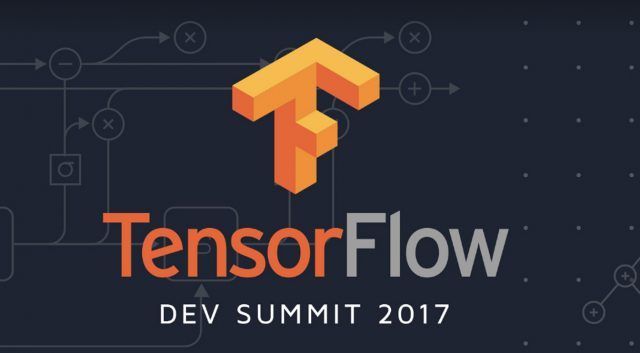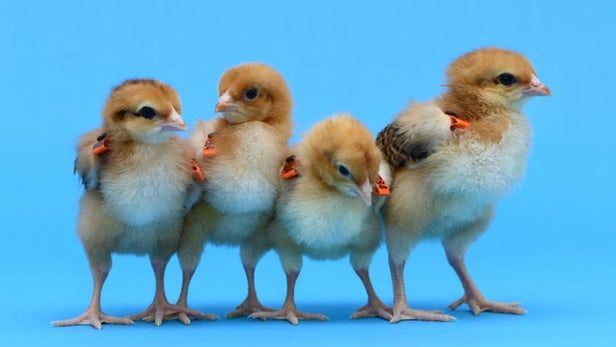Page 10517
Feb 21, 2017
3D printing houses on Mars with NASA and the University of Central Florida
Posted by Klaus Baldauf in categories: 3D printing, engineering, habitats, space
NASA has enlisted a professor from the University of Central Florida (UCF) in order to find a way of 3D printing structures on Mars.
Pegasus Professor Sudipta Seal, interim chair of UCF’s Materials Science and Engineering program is looking at how metals can be extracted from Martian soil. Speaking about the project, Seal said,
It’s essentially using additive-manufacturing techniques to make constructible blocks. UCF is collaborating with NASA to understand the science behind it.
Continue reading “3D printing houses on Mars with NASA and the University of Central Florida” »
Feb 21, 2017
We’re One Step Closer to Pulling Nuclear Fuel Straight Out of the Ocean
Posted by Shane Hinshaw in category: nuclear energy
Pulling uranium out of seawater could be a cost-effective way to source nuclear fuel, scientists have found, and the technique could pave the way for coastal countries to switch to nuclear power.
With the International Atomic Energy Agency currently predicting an increase of up to 68 percent in nuclear power production over the next 15 years, finding a new, more environmentally friendly source of uranium — the most critical ingredient in nuclear power — could give this alternative to fossil fuels a boost.
Continue reading “We’re One Step Closer to Pulling Nuclear Fuel Straight Out of the Ocean” »
Feb 21, 2017
These people are hacking their cars to drive themselves, and it’s legal
Posted by Shane Hinshaw in categories: cybercrime/malcode, law, transportation
Who needs a Tesla when you can build your own automated copilot using free hardware designs and software available online?
Feb 21, 2017
The record lifespan of 122 years could be surpassed via innovative medicine
Posted by Steve Hill in categories: biotech/medical, life extension, neuroscience
We celebrate her birthday and life but what fun is there to living so long when aging takes its toll? Science is aiming to do better, find out how here!
Today, February 21, is the birthday of Jeanne Louise Calment – the oldest verified human being ever, who managed to live an amazing 122 years and 164 days!
Jeanne was an independent and positive person, and she managed to live all alone until aged 110. After a fire in her apartment she moved into a nursing home, but even there she was still able to take care of herself. However, shortly before her 115th birthday she fell down a stairway and never fully recovered her ability to walk.
Continue reading “The record lifespan of 122 years could be surpassed via innovative medicine” »
Feb 21, 2017
A warning from Bill Gates, Elon Musk, and Stephen Hawking
Posted by Amnon H. Eden in categories: Elon Musk, employment, policy, robotics/AI
“The automation of factories has already decimated jobs in traditional manufacturing, and the rise of artificial intelligence is likely to extend this job destruction deep into the middle classes, with only the most caring, creative or supervisory roles remaining.” — Stephen Hawking.
Automation is inevitable. But we still have time to take action and help displaced workers.
Automation is accelerating. The software powering these robots becomes more powerful every day. We can’t stop it. But we can adapt to it.
Continue reading “A warning from Bill Gates, Elon Musk, and Stephen Hawking” »
Feb 21, 2017
Neuroscientists and Philosophers Debate Reality and Sensory Perception
Posted by Shane Hinshaw in category: futurism
Philosopher Alva Noë explains why neuroscientists assume the answer to an old philosophical question that really can’t be resolved.
Feb 21, 2017
Google gives everyone machine learning superpowers with TensorFlow 1.0
Posted by Shane Hinshaw in categories: information science, robotics/AI
It wasn’t that long ago that building and training neural networks was strictly for seasoned computer scientists and grad students. That began to change with the release of a number of open-source machine learning frameworks like Theano, Spark ML, Microsoft’s CNTK, and Google’s TensorFlow. Among them, TensorFlow stands out for its powerful, yet accessible, functionality, coupled with the stunning growth of its user base. With this week’s release of TensorFlow 1.0, Google has pushed the frontiers of machine learning further in a number of directions.
TensorFlow isn’t just for neural networks anymore
In an effort to make TensorFlow a more-general machine learning framework, Google has added both built-in Estimator functionality, and support for a number of more traditional machine learning algorithms including K-means, SVM (Support Vector Machines), and Random Forest. While there are certainly other frameworks like SparkML that support those tools, having a solution that can combine them with neural networks makes TensorFlow a great option for hybrid problems.
Continue reading “Google gives everyone machine learning superpowers with TensorFlow 1.0” »
Feb 21, 2017
A Device For The Deaf That Lets You “Listen” With Your Skin
Posted by Shane Hinshaw in category: futurism
Feb 21, 2017
Genetically-engineered hens produce birds of a different feather
Posted by Shane Hinshaw in categories: bioengineering, biotech/medical, genetics
Rare breeds of chickens could soon come from entirely different types of hens. The University of Edinburgh’s Roslin Institute with help from US biotechnology company Recombinetics used gene editing techniques to create surrogate hens that grow up to produce eggs with all the genetic information of different breeds.
We’ve seen gene editing and transfer techniques used to create better yeast, bigger trees and even glowing pigs, among numerous other examples, but this is believed to be the first gene-edited bird to come out of Europe.
The team used a gene editing tool called TALEN (for transcription activator-like effector nucleases), which is similar to the more widely publicized CRISPR/Cas9, to delete part of a chicken gene called DDX4 that is related to fertility. Hens with this modification did not produce eggs but were healthy in all other ways.
Continue reading “Genetically-engineered hens produce birds of a different feather” »


















